The next wave of edtech growth isn’t being engineered in boardrooms or classrooms. It’s unfolding in bedrooms, dorm halls, and digital chat groups – where students turn smartphones into production studios and learning platforms into launchpads. Armed with ring lights and revision hacks, Gen Z creators are transforming how education is marketed, consumed, and experienced.
As the creator economy collides with online learning, edtech firms increasingly tap into student-led content to drive adoption and engagement. These are not traditional brand ambassadors. They’re 17-year-olds making calculus go viral on TikTok, undergraduates breaking down coding concepts on YouTube, and peer influencers creating community-led momentum that no ad spend can replicate.
It’s a shift that goes beyond marketing. The rise of peer co-creation is shaping the very future of digital education, raising questions about influence, equity, and outcomes. And as both Western and Asian edtech platforms double down on this strategy, one thing is clear: the line between learner and creator is rapidly disappearing.
Students take control of the edtech narrative
This behavioral shift isn’t accidental. It’s a direct outcome of how Gen Z and Gen Alpha navigate the world: socially networked, algorithm-aware, and deeply influenced by peer credibility.
For today’s learners, discovering an edtech platform through a classmate’s Instagram Reel or a late-night TikTok “study with me” session holds more weight than a polished brand campaign. Tutorials, crash courses, and day-in-the-life videos now double as endorsements, often outperforming official content in reach and relatability.
Behind the scenes, edtech companies are starting to adapt. Instead of focusing solely on institutional partnerships or top-down content strategies, platforms nurture creator ecosystems. Sometimes, they quietly offer toolkits, early access, and micro-incentives to student influencers who generate organic traction. The logic is clear: trust is the new currency, and students trust each other.
This peer-powered loop doesn’t just drive engagement – it shapes product design, fuels viral growth and turns users into evangelists. For edtech brands seeking to scale in saturated markets, the most strategic growth play may be letting students take the mic.
Khan Academy builds influence through relatability
In the US, Khan Academy is leaning into student-powered storytelling without making a spectacle of it. While the platform’s core content remains institutionally produced, its growth on social media owes much to an informal network of young creators – high schoolers and college students explaining how Khan helped them prep for the SATs, ace AP exams, or survive algebra.
Rather than launching overt influencer programs, Khan Academy benefits from what marketers might call “earned influence.” Creators like Thomas Frank—whose YouTube channel has over 3 million subscribers and more than 183 million views – frequently reference tools like Khan Academy in their tutorials. These mentions – organic, peer-driven, and peppered with personal success stories – carry a resonance that brand messaging rarely matches.
The result? A constant stream of creator-led endorsements embedded in motivational reels, test prep rundowns, and “study with me” live streams. The platform’s visibility continues to grow not through ads but through creators who view Khan as part of their academic survival toolkit. For students, it’s not just a resource. It’s a badge of belonging.
Classplus taps regional creators to drive depth over scale
In India’s competitive edtech landscape, Classplus has carved a distinct path by empowering educators to run their online classrooms. But increasingly, it’s students who are amplifying its reach. On Instagram, ShareChat, and even WhatsApp groups, testimonials and tutorials recorded by learners in Hindi, Tamil, and Bengali are helping the platform penetrate beyond metro cities into India’s vast tier-2 and tier-3 markets.
These are not slick influencer campaigns. Often filmed on low-budget phones with minimal editing, the content reflects real student experiences – test scores, improved confidence, or simply how a Classplus module helped crack a tough exam concept. The authenticity resonates, especially among first-generation digital learners seeking guidance in their native language.
Classplus hasn’t ignored the trend. The company has begun quietly supporting these student creators by spotlighting their content on its official channels and offering resources to help structure their narratives. In some cases, creators have even evolved into local brand champions – hosting peer workshops, leading Telegram study groups, and shaping how the platform adapts to regional needs.
While many edtech players chase national scale, Classplus is betting that peer-led credibility in small communities may prove more sustainable (and more powerful) than mass-market advertising.
Zenius turns TikTok into a learning laboratory
In Indonesia, Zenius is rewriting the rules of student engagement by meeting Gen Z exactly where they are – on TikTok. The platform, which offers curriculum-aligned content for K-12 learners, has seen a surge in student-driven explainers, study hacks, and motivational clips that blend humor with academic rigor. What might once have been dry exam prep is now delivered with trending sounds, meme formats, and an unmistakably local voice.
Rather than competing for attention, Zenius has embraced this creative energy. Its team actively encourages students to remix educational content into short-form videos and even runs nationwide creator challenges to spark participation. Top-performing videos – like a viral breakdown of Newton’s laws using motorbike stunts – don’t just boost app downloads. They position Zenius as a platform that understands and reflects the student mindset. Zenius’s own TikTok account, @zeniuseducation, has built a substantial following, demonstrating the platform’s resonance with Gen Z audiences in Indonesia.
The strategy taps into more than entertainment. By enabling students to co-create and share learning moments, Zenius is fostering a sense of ownership and community. Creators become informal tutors, and learning transforms into a social experience – one that travels through peer networks far faster than traditional classroom methods.
For a generation that learns in bursts, scrolls for validation, and values authenticity over authority, Zenius is proving the future of education might look a lot more like the For You Page.
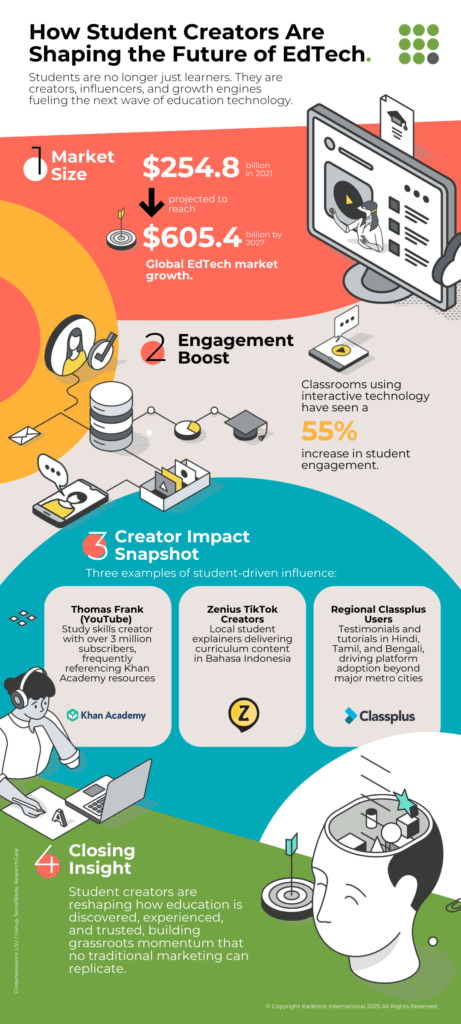
The influence dilemma behind student-led learning
As student creators gain traction, edtech companies navigate a delicate balance between engagement and responsibility. What happens when learning starts to look more like content creation? For every viral study hack or exam tip that spreads across TikTok or YouTube Shorts, there’s the risk of misinformation, burnout, or unintended pressure to perform for views.
Experts are divided. Some argue that co-creation fosters deeper learning, with students reinforcing their knowledge by teaching others. For example, an academic review of TikTok’s role in education cautioned that while it increases engagement, the brevity and virality of the content can undermine conceptual depth and accuracy, especially when non-experts are involved.
Others warn that when education is filtered through the lens of likes and shares, rigor can give way to popularity.
There’s also the question of transparency. As platforms begin to reward creators – either through visibility, free subscriptions, or direct payments – questions around sponsorship disclosure and authenticity are becoming harder to ignore. In a space where trust is everything, even the perception of promotion can erode credibility.
Mental health concerns are mounting, too. Students doubling as creators often juggle schoolwork with self-imposed content calendars, leading to stress, screen fatigue, and anxiety around performance metrics. Without clear boundaries or institutional support, the model risks amplifying the very challenges it aims to solve.
“TikTok is redefining how students access information, but it’s not a substitute for structured learning. Educators must help students think critically about the content they consume.”
- From the study: TikTok’s Influence on Education, ResearchGate
The blending of learning and influence isn’t inherently flawed, but it demands stronger guardrails. If student creators are to shape the future of education, platforms will need to offer more than visibility. They’ll need to offer support.
Learning becomes a networked, creator-powered ecosystem
The convergence of student influence and educational technology is no passing trend; it’s reshaping how learning is discovered, delivered, and defined. What began as a handful of creators posting revision tips has evolved into a decentralized learning ecosystem where peer networks hold as much sway as professional educators.
Many edtech brands are adapting. Some invest in tools that allow creators to track engagement and refine their content. Others are experimenting with monetization models, giving high-performing student educators a path to income or certification. Features once exclusive to influencer platforms – analytics dashboards, branded content guidelines, creator portals – are quietly being layered into the backends of learning apps.
The implications are global. In the West, the trend is accelerating around standardized testing, college prep, and niche STEM content. In Asia, it’s unlocking growth in local language education and expanding access in low-bandwidth, mobile-first environments. While the pace may differ, the destination is the same: education that is personalized, social, and driven by those closest to the experience.
For brands, the message is clear. Students aren’t just users anymore. They’re builders of trust, momentum, and meaning. And in a market where attention is earned – not bought – platforms that empower them will lead the next generation of education.
Why this matters for brands
For brands operating in or adjacent to education, the rise of student creators is both a growth lever and a governance challenge. The decentralization of influence, from institutions to peers offers unmatched authenticity and reach but also introduces new variables around accuracy, accountability, and impact.
The platforms that will lead are not those that simply ride the trend but those that help shape it responsibly. That means investing in tools that empower young voices while embedding safeguards: content verification, mental health resources, and transparent disclosure practices. Aligning with creators is no longer just a marketing strategy; it’s a responsibility.
Students have become trusted messengers in a market where attention is earned, not bought. But with that trust comes a new mandate for brands: to amplify wisely and build ecosystems that value innovation and integrity.
Get regular insights
Keep up to date with the latest insights from our research as well as all our company news in our free monthly newsletter.











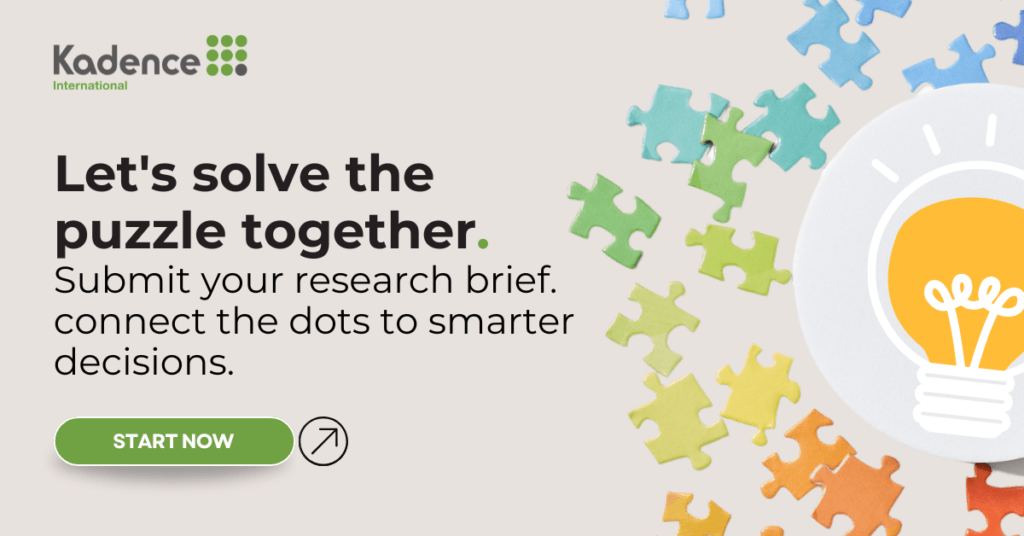

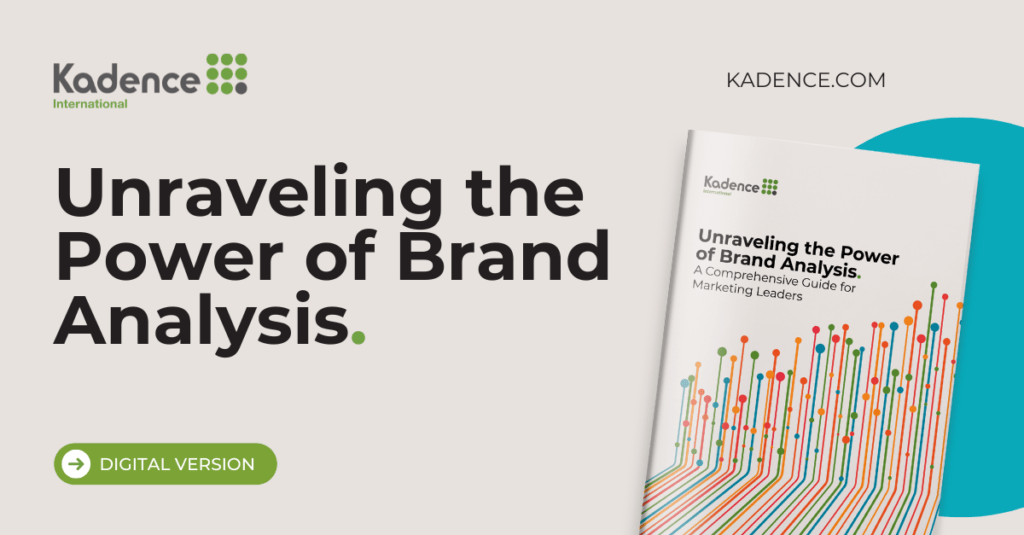
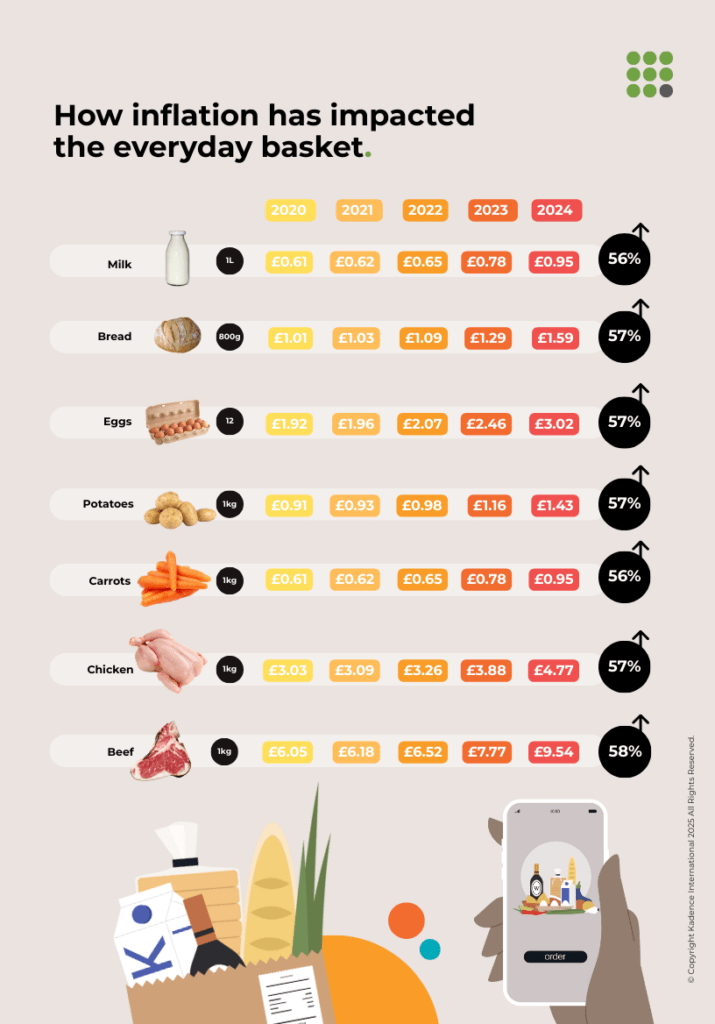





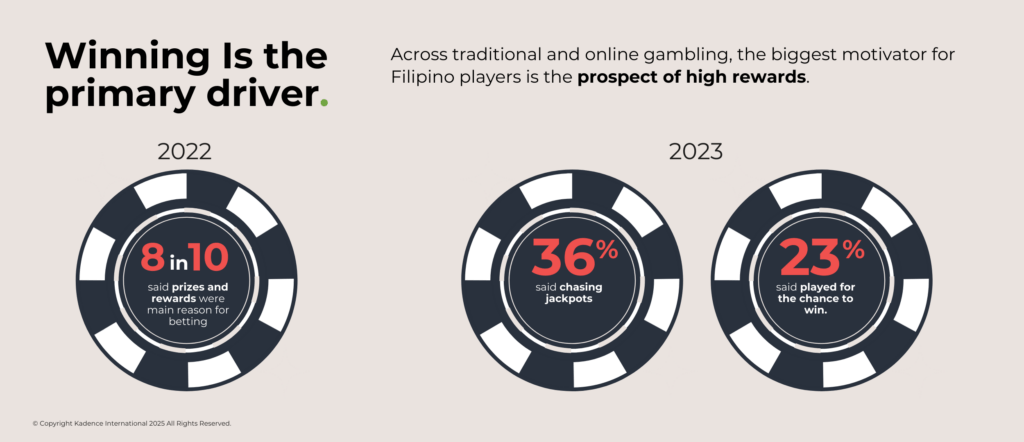
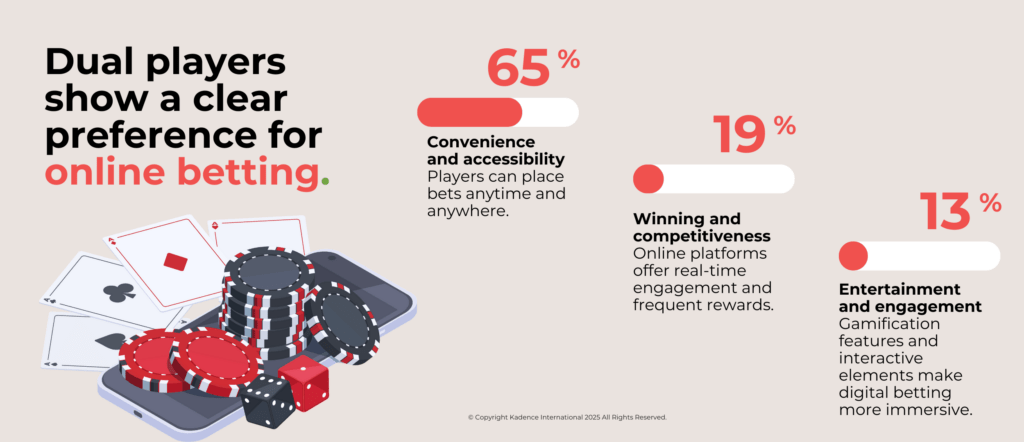
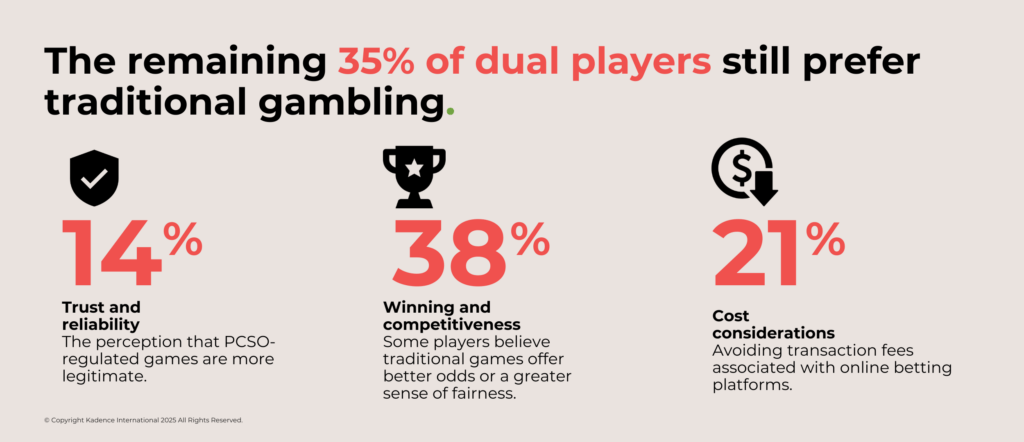
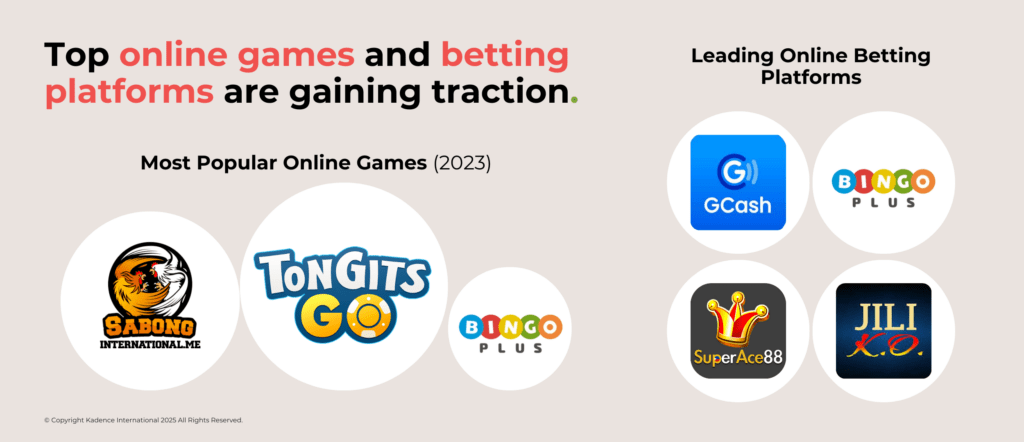

 Senior Marketing Executive
Senior Marketing Executive Sales & Marketing
Sales & Marketing General Manager PR -Internal Communications & Government Affairs
General Manager PR -Internal Communications & Government Affairs Vital Strategies
Vital Strategies
 Customer Intelligence Director
Customer Intelligence Director